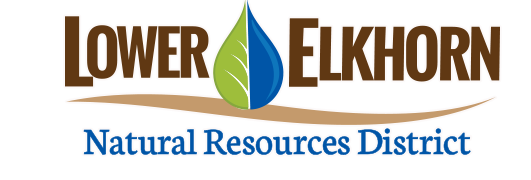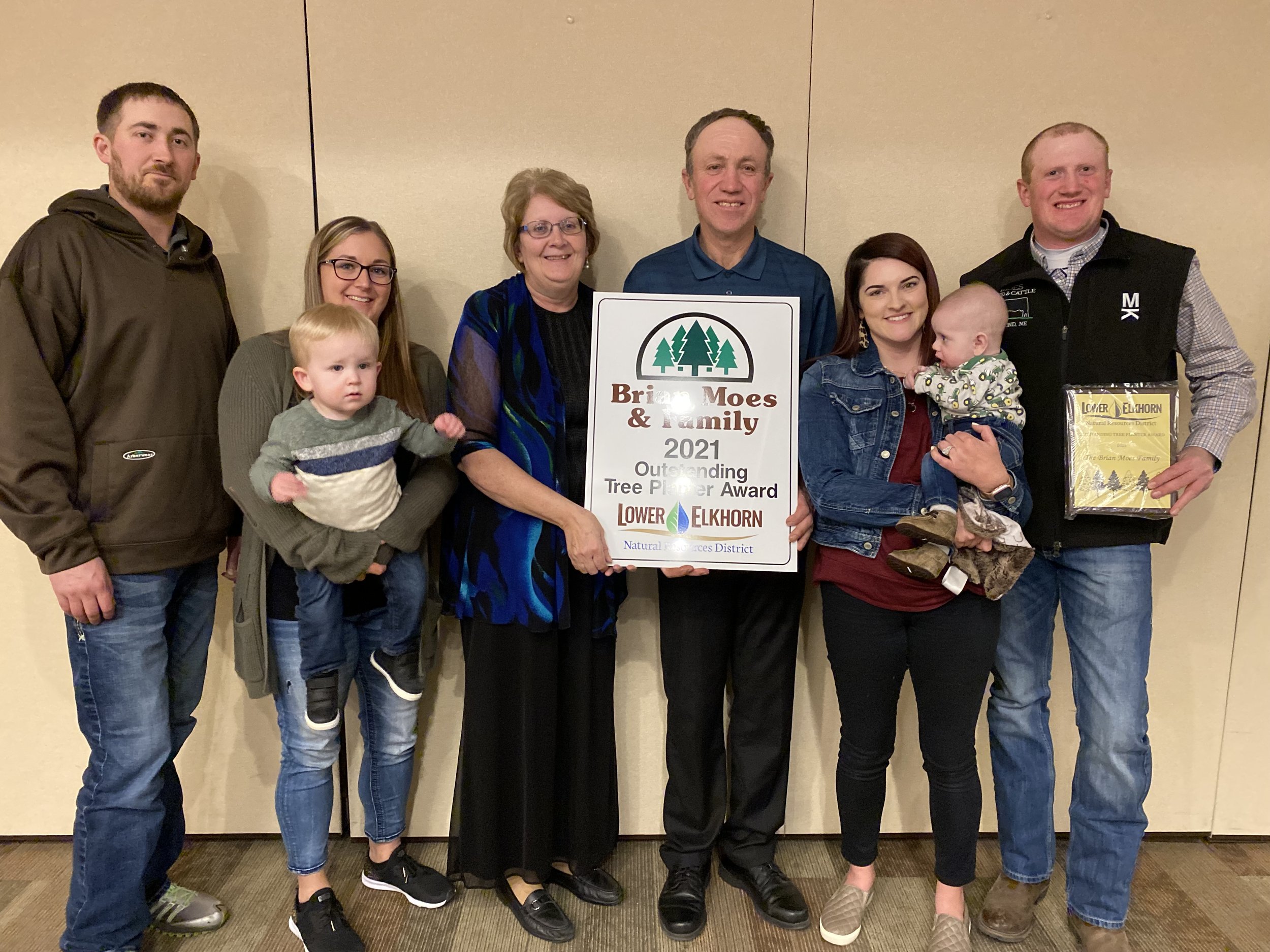Nebraska’s Natural Resources Districts (NRDs) have worked hand-in-hand with conservation partners to support landowners for 50 years to accomplish the mission of protecting lives, property and the future.
NRDs deliver several state and federal programs including many projects with the U.S. Department of Agriculture Natural Resources Conservation Service (NRCS), Nebraska Department of Environment and Energy (NDEE), Nebraska Department of Natural Resources (NeDNR) and the University of Nebraska. These partnerships equate into real dollars for Nebraska agriculture and communities.
“Nebraska policymakers had incredible foresight when creating the NRDs realizing that our strength lies in collaboration with partners to champion conservation,” said Jim Eschliman, Nebraska Association of Resources Districts president. “Our partnerships with local, state and federal agencies have helped deliver conservation to millions of acres across Nebraska to reduce soil loss and improve water quality and quantity.”
Last year alone, NRCS applied over 11,000 conservation practices on more than 865,000 acres across Nebraska. These conservation practices leverage the work of the NRDs by helping Nebraska’s farmers and ranchers improve soil health, increase irrigation efficiency, and make grazing land more productive.
“NRCS and the NRDs have been working hand-in-hand for the past 50 years,” said Stacy Riley, acting state conservationist for Nebraska NRCS. “Nebraska’s landowners are fortunate to have the strong partnership between NRCS and the NRDs. Through this partnership, more conservation opportunities are available to farmers and ranchers to help improve and conserve their natural resources. And that benefits all Nebraskans.”
When it comes to protecting Nebraska’s water quality, NRDs work closely with the Nebraska Department of Environment and Energy to improve surface water, groundwater and drinking water through projects that target non-point source pollution.
In 2018, two Nebraska watersheds – Antelope Creek and Shell Creek – were removed from the impaired waters list thanks to collaborative efforts with many state and federal agencies including NDEE.
Antelope Creek is an urban stream that lies entirely within Lincoln and is part of the Lower Platte South NRD. NDEE listed Antelope Creek as impaired for E. coli bacteria in 2004. Collaborative efforts over 20 years with multiple partners and implementation of numerous projects resulted in significantly reduced E. coli levels and Antelope Creek was removed from the impaired waters list.
Shell Creek includes more than 300,000 acres, stretching from Newman Grove to Schuyler in the Lower Platte North NRD. The Shell Creek Watershed Improvement Group (SCWIG) is a group of landowners and farmers who worked collaboratively with NDEE, Lower Platte North NRD, and other project partners in promoting no-till farming, filter and buffer strips, cover crops, and other best management practices to help improve the quality of water draining into Shell Creek. As a result of these conservation efforts, the atrazine level significantly declined and the creek was removed from the impaired waters list, and now supports aquatic life.
“These delistings show how multiple partners have come together to significantly improve water quality in Nebraska,” said Jim Macy, director of the Nebraska Department of Environment and Energy. “This is an extremely difficult and rare thing to accomplish resulting from the implementation of a comprehensive watershed management plan. We look forward to continuing our work with Nebraska’s NRDs to provide safe, quality water for our state.”
As the No. 1 irrigated state in the nation, managing Nebraska’s water to ensure there is enough for domestic, industrial and agricultural purposes is essential. The Nebraska Department of Natural Resources works with NRDs to develop local and basin-wide integrated management plans to sustain a balance between water supplies and uses and protect the rights of existing water users.
In the Upper Platte Basin, the rehabilitation of irrigation canals for conjunctive water management efforts has allowed for groundwater recharge and kept more water in the state. Proactive management and the creation of a water tracking program in the Lower Platte Basin helps water managers evaluate supplies and demands. In the Republican Basin, a water balance forecasting system allows producers to plan for the irrigation season. Across the state, NeDNR works closely with NRDs to ensure existing water users are protected now and into the future.
“Working together, the Department of Natural Resources and the NRDs continue to build on the strong foundation of using water-use and water-supply data for decision-making and informing policymakers and citizens alike,” said Tom Riley, NeDNR director. “Together we create resilient programs to balance Nebraska’s water use and supply.”
To ensure producers have the latest research and understanding of best management practices, NRDs work with the University of Nebraska on demonstration plots, educational workshops, data collection and more.
“The Nebraska Water Center has long appreciated the NRDs commitment to partnering with the University to support research and education statewide,” said Dr. Chittaranjan Ray, Director of the Nebraska Water Center, Daugherty Water for Food Global Institute at the University of Nebraska. “These partnerships connect cutting-edge research to local challenges, benefiting all Nebraskans. Most importantly, our collaborations support students to become the next generation of conservation leaders.”
Eschliman noted that the Natural Resources Districts have numerous partners around the state that contribute knowledge, funds and time to help conserve Nebraska’s resources for future generations.
“Our work would not be as successful without the support of these valued partners,” Eschliman said. “We’re excited for what we will accomplish together in the next 50 years.”
Throughout 2022, the NRDs will commemorate breakthroughs and achievements in conservation. To join in the celebration and follow the Natural Resources Districts’ special activities throughout 2022, visit nrdnet.org and follow #Since1972 on social media.








